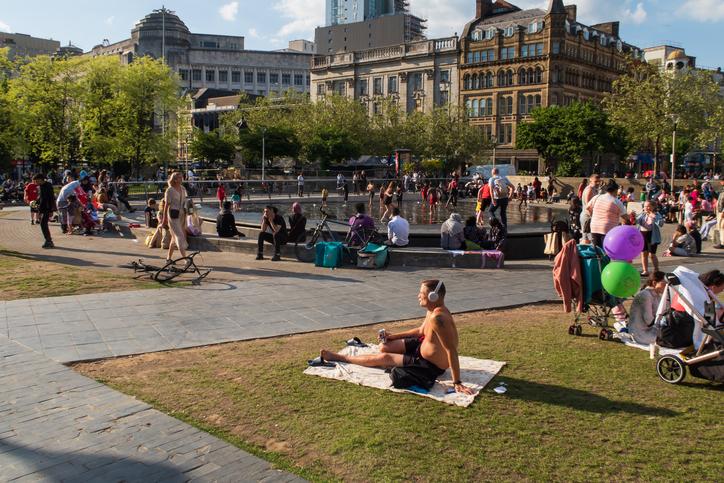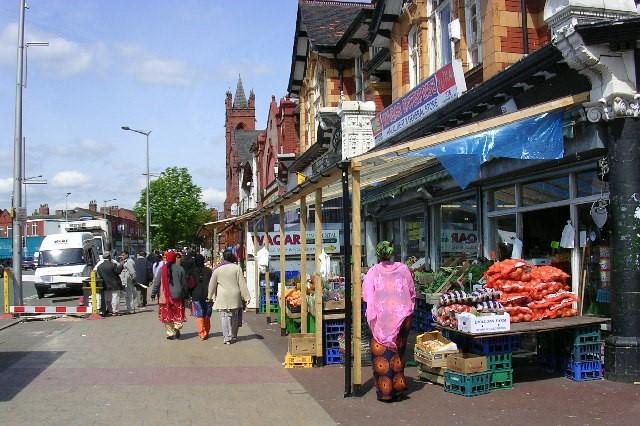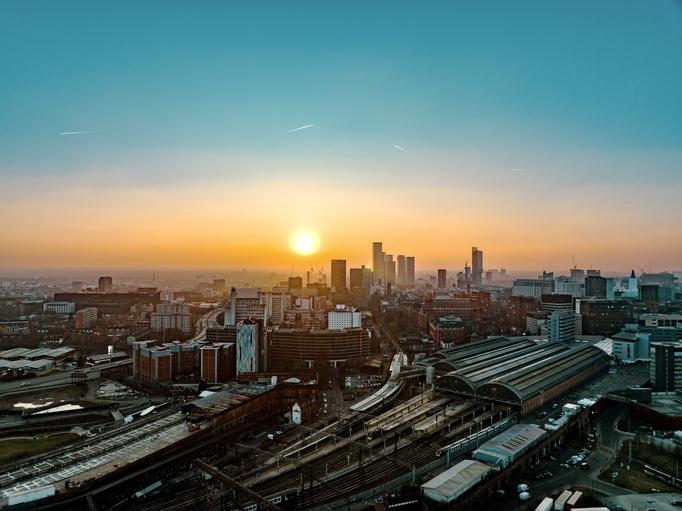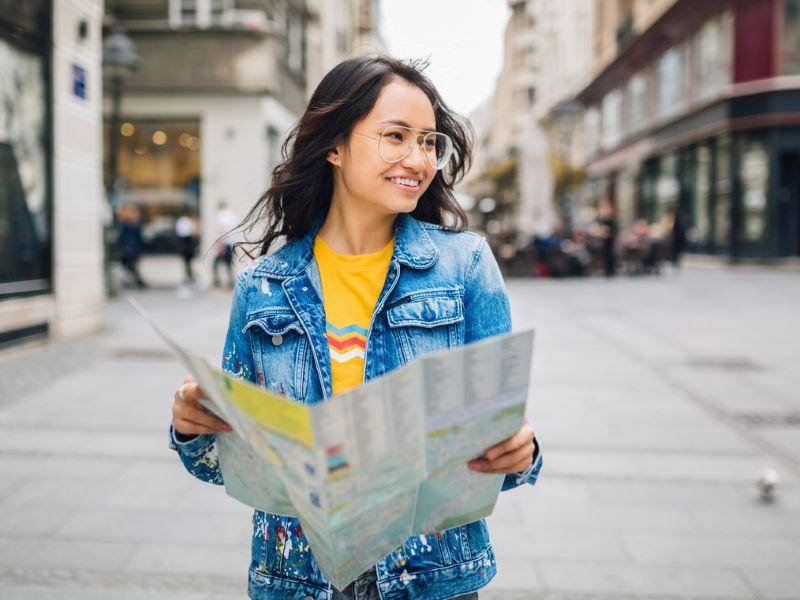Education goes beyond classrooms and textbooks. Our everyday environment, especially in urban areas, is an unexplored learning resource full of opportunities. Taking the theme “How the city speaks to us”, we looked at how to apply an inductive method to generate educational experiences outside the classroom.
A city is a living organism in constant change, a melting pot of histories, cultures and knowledge that, if approached correctly, can enrich the learning process. We can discover valuable lessons that often go unnoticed by focusing on urban elements such as buildings, monuments, parks and squares.
An inductive educational strategy uses concrete, specific observations to reach more general conclusions. In this context, we analyse our environment, collect data and experiences, and then reflect, discuss and draw conclusions that broaden our knowledge and foster curiosity. This approach can be applied to various subjects, such as history, architecture, geography, sociology and art.
The ideas shared below explore the notion that the city is an open classroom, an educational resource that surrounds us and speaks to us if we know how to listen. To bring these concepts to life, we will use the case study of Manchester, a UK city with a rich tapestry of urban life and a perfect backdrop for applying the inductive method.
Using specific examples from Manchester’s vibrant cityscape, we will highlight the learning opportunities uncovered by observing and interacting with the urban environment.
- Resource collection: Pedagogies to reinvigorate your teaching
- The power of place-based learning
- How community projects can promote students’ critical thinking skills
Time travel through architecture
Exploring a city’s history through its architecture offers profound insights into its cultural, social and political evolution. Students can immerse themselves in different historical periods by visiting landmarks and architectural marvels, identifying patterns and discerning factors that have shaped the city’s design.
Castlefield, southwest of Manchester’s city centre, offers a living classroom with its diverse built environment, including the remnants of a Roman fort alongside canals and buildings from the early Industrial Revolution. Students can compare and contrast architectural styles, such as the Neo-Gothic town hall, symbolising Manchester’s industrial heritage, and the modernist Beetham Tower, representing its transformation into a contemporary urban centre. These structures reflect changes in technology, aesthetics and urban living, and provide tangible insights into Manchester’s cultural evolution. By exploring Castlefield, teachers can spark narratives and discussions, facilitating a deeper understanding of the interconnections between architecture, history and the dynamic nature of urban development.

Decoding urban art
Street art and graffiti offer a lens through which to explore social and cultural themes. They offer insights into social commentary, individual expression and community identity by examining the underlying stories, motivations and symbolism.
For example, the large mural of Melanie Senior, a nurse in Manchester at the start of the Covid-19 pandemic, serves as a vivid launchpad to teach history, social studies, aesthetics and ethics. This powerful image in a prominent urban space reflects community resilience and solidarity during a global crisis. Educators can use such art, accessible through resources like Street Art NQ’s map, to foster lessons beyond traditional boundaries, allowing students to explore contemporary societal challenges and cultural expressions. By incorporating urban art into curricula, teachers can connect artistic symbols and real-world experiences, facilitating a holistic understanding that bridges art, civic discourse and social change.
Parks, squares and public spaces
Analyse the role of parks and squares in promoting community engagement and facilitating social interactions. Assess their significance in urban planning, considering accessibility, inclusivity and adaptability. Examine the role of public spaces in enhancing environmental sustainability through urban greenery, efficient resource management and the creation of ecological corridors.
Manchester’s Piccadilly Gardens is more than just an open space in the city; it is a living case study, demonstrating urban planning challenges, such as balancing the needs for social interaction, transportation, income generation and civic pride. A visit to Piccadilly Gardens could enable students to observe and map how the space is used at different times, to interview local vendors or regular visitors about what the space means to them, or even sketch proposed changes.
With the area under current consultation for redevelopment, teachers could download proposed plans and have students analyse them, weigh different stakeholders’ perspectives and even write letters or create presentations with their suggestions to contribute to the public discourse. By interacting directly with this dynamic public space, students can gain a hands-on understanding of urban planning, social dynamics, economics and democratic participation. Such immersive learning enriches theoretical knowledge, equips students with practical insights and fosters civic awareness and engagement.

Green spaces
Investigate the intricacies of urban ecosystems and habitats, emphasising the importance of biodiversity, green spaces and ecological conservation within the city limits. Evaluate the challenges and opportunities associated with balancing urban development and environmental preservation. Identify best practices and innovations for creating resilient, sustainable urban environments that support diverse flora and fauna.
The Medlock Valley in Manchester is a complex ecosystem that tells a story of industrialisation, urban development, ecology and restoration. Teachers could design trips to the valley to conduct water quality tests, identify native plants, observe wildlife or even participate in local conservation efforts. History students could research old maps and historical records to trace the valley’s transformation over time, linking it to broader regional economic and social change. Science classes might coordinate with local ecologists or conservationists for guided tours, providing insights into the unique flora and fauna of the valley, as well as restoration projects. The Medlock Valley could be a basis for art or writing assignments, allowing students to express their reflections and perspectives on nature and urban living.
Using such natural spaces as multifaceted educational tools enriches classroom learning, encouraging students to engage with surrounding communities and to appreciate the delicate balance between human needs and ecological sustainability.
Urban diversity
Super-diverse neighbourhoods offer insights into customs, traditions and contributions that shape a city’s dynamic identity. Ethnographic research methods can be used to understand the unique experiences of various communities, identifying commonalities and differences that contribute to the city’s social fabric. Consider the implications of cultural diversity for urban planning, social cohesion and the promotion of inclusive, harmonious societies.
For example, Manchester’s Cheetham Hill boasts a vibrant mix of cultures, offering teachers and students an opportunity to engage with super-diversity concepts and investigate the cultural fabric that defines contemporary urban landscapes. Teachers could guide students in real-world observations, interviews and cultural participation, such as visiting local shops, attending festivals or tasting traditional regional foods. Students could document their findings through journals, photographs or multimedia projects. In social studies or urban-planning lessons, teachers could encourage discussions around inclusivity, diversity in city planning and the challenges and benefits of maintaining a multicultural society. Art and language teachers might facilitate creative projects where students express their understanding and appreciation of different cultures through painting, writing or other forms of expression. By exploring such rich cultural mosaics, students gain academic insights, personal growth and an appreciation for the diversity that shapes their city and the world.

Embracing the city as a boundless classroom and adopting an inductive method can transform urban environments into engaging learning adventures. These explorations foster curiosity and cultivate a deeper understanding of the world around us. By stepping outside the conventional classroom, students can experience the real-world applications of their studies, making learning more relevant and inspiring. So let us embolden our students to explore and, together, unveil the transformative power of learning in the city.
Daniel Gutiérrez-Ujaque is a lecturer in critical pedagogy in the Department of Education Sciences at the University of Lleida in Spain. Felipe Saravia is an assistant professor in the Social sciences Department, the University of Bio-Bio in Chile and a postdoctoral researcher in the division of nursing, midwifery and social work at the University of Manchester.
If you would like advice and insight from academics and university staff delivered direct to your inbox each week, sign up for the Campus newsletter.




comment